Egg recipes – simple, delicious and versatile
Alice Hart shares half a dozen cracking egg recipes – use this versatile ingredient in dishes savoury and sweet
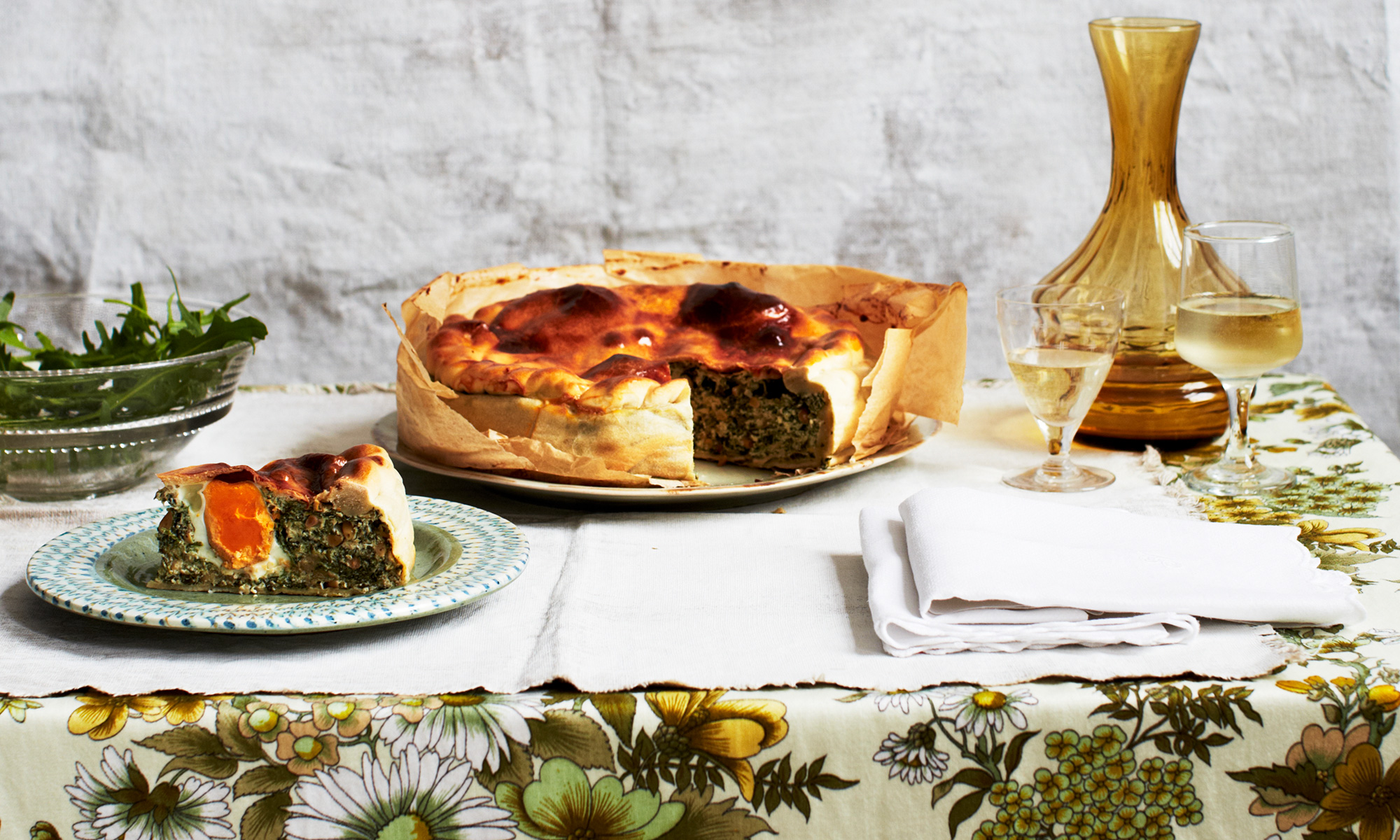
How to choose six egg recipes for an ingredient worthy of an entire cookery book? To simplify matters, I’ve opted to celebrate the good old hen’s egg though, of course, there’s scope for using goose or pheasants' eggs in some of the recipes (the beet-pickled eggs and the baked eggs with Gruyère in particular).
As the egg is such a good source of protein for vegetarians, it seemed a shame to introduce meat or fish into the mix, so only the angel hair pasta dish contains seafood. All other recipes are vegetarian, as long as you check the rennet source in the hard cheeses.
On a health craze? These egg recipes will work beautifully with spring green recipes – and don't forget to add the tomatoes for a tasty tang.
Angel hair pasta with. lemon, crab and prawns
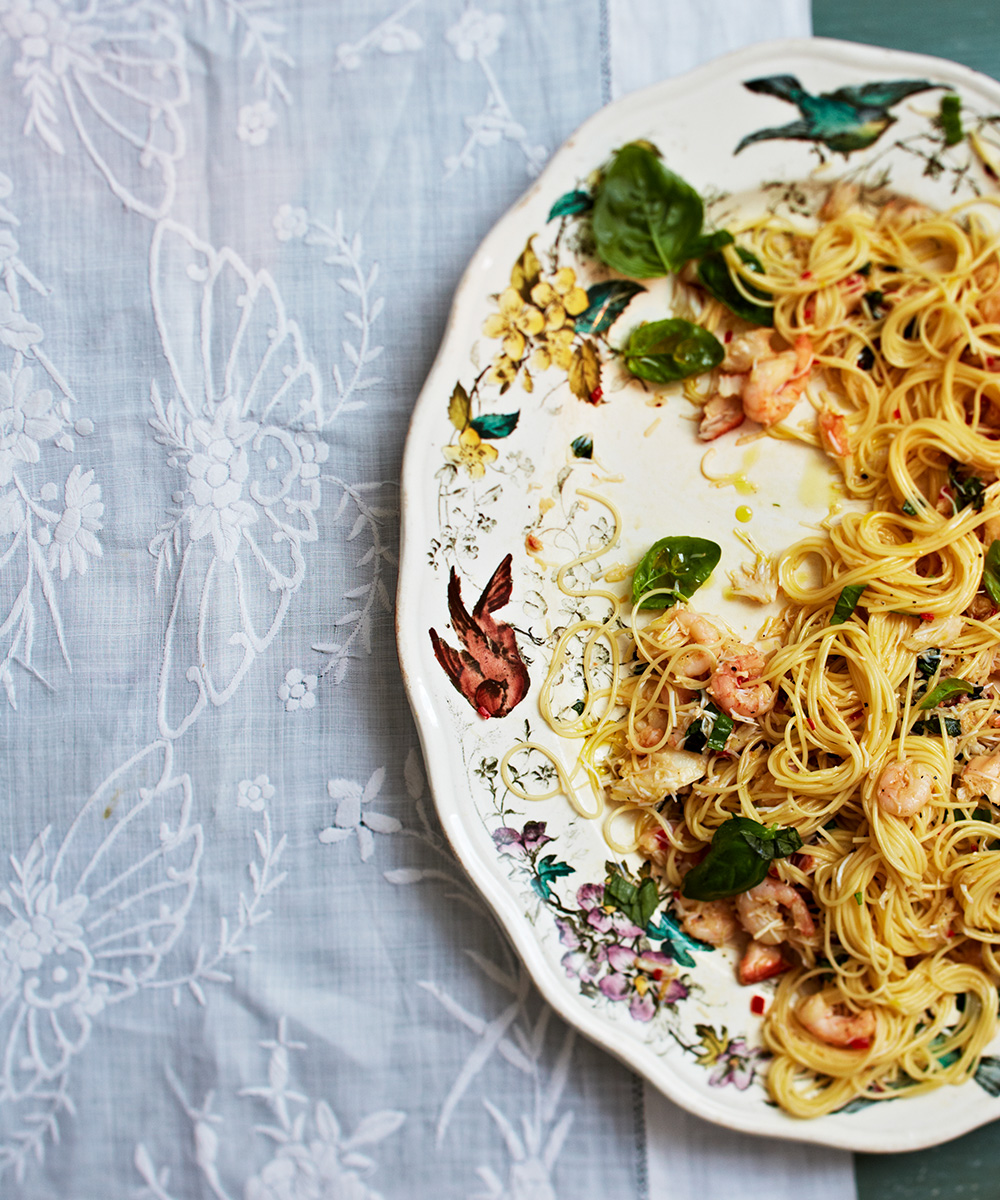
Serves 4
This is a special pasta, more suited to a supper party or spring lunch than a work-weary Monday night. It’s similar to a carbonara in style but, with lemon, basil and a generous amount of shellfish, is surprisingly light and delicate.
Ingredients:
- 4 egg yolks
- 1 egg
- 2 lemons, juice of 1 and finely grated zest of both
- Salt and freshly ground black pepper
- 350g angel hair pasta
- 1 tbsp olive oil
- 25g butter
- 1 red chilli, deseeded and finely chopped
- 1 garlic clove, peeled and crushed
- 150g fresh white crab meat (or both white and brown), checked for pieces of shell
- 200g small cooked peeled prawns
- Handful of basil leaves, shredded, plus a few whole leaves to serve
Method:
Design expertise in your inbox – from inspiring decorating ideas and beautiful celebrity homes to practical gardening advice and shopping round-ups.
1. Whisk the egg yolks, egg, lemon juice and half the zest together in a small bowl. Season with plenty of black pepper and set aside.
2. Cook the pasta in plenty of salted water, following the packet instructions. Save half a mugful of the cooking water before draining.
3. Meanwhile, melt the butter with the olive oil, chilli and garlic in a frying pan over a medium heat. Cook for 1-2 minutes, stirring, but don’t allow the garlic to sizzle or darken. Add the crab and prawns and warm through, stirring, then turn off the heat.
4. Return the pasta to the saucepan with the crab mixture. Quickly add the egg mixture, stirring constantly. Add enough of the reserved pasta water, about 4 tablespoons, to make a creamy sauce that coats the pasta.
5. Stir in the shredded basil. Serve the pasta immediately with the remaining basil leaves and lemon zest scattered over the top.
Torta Pasqualina
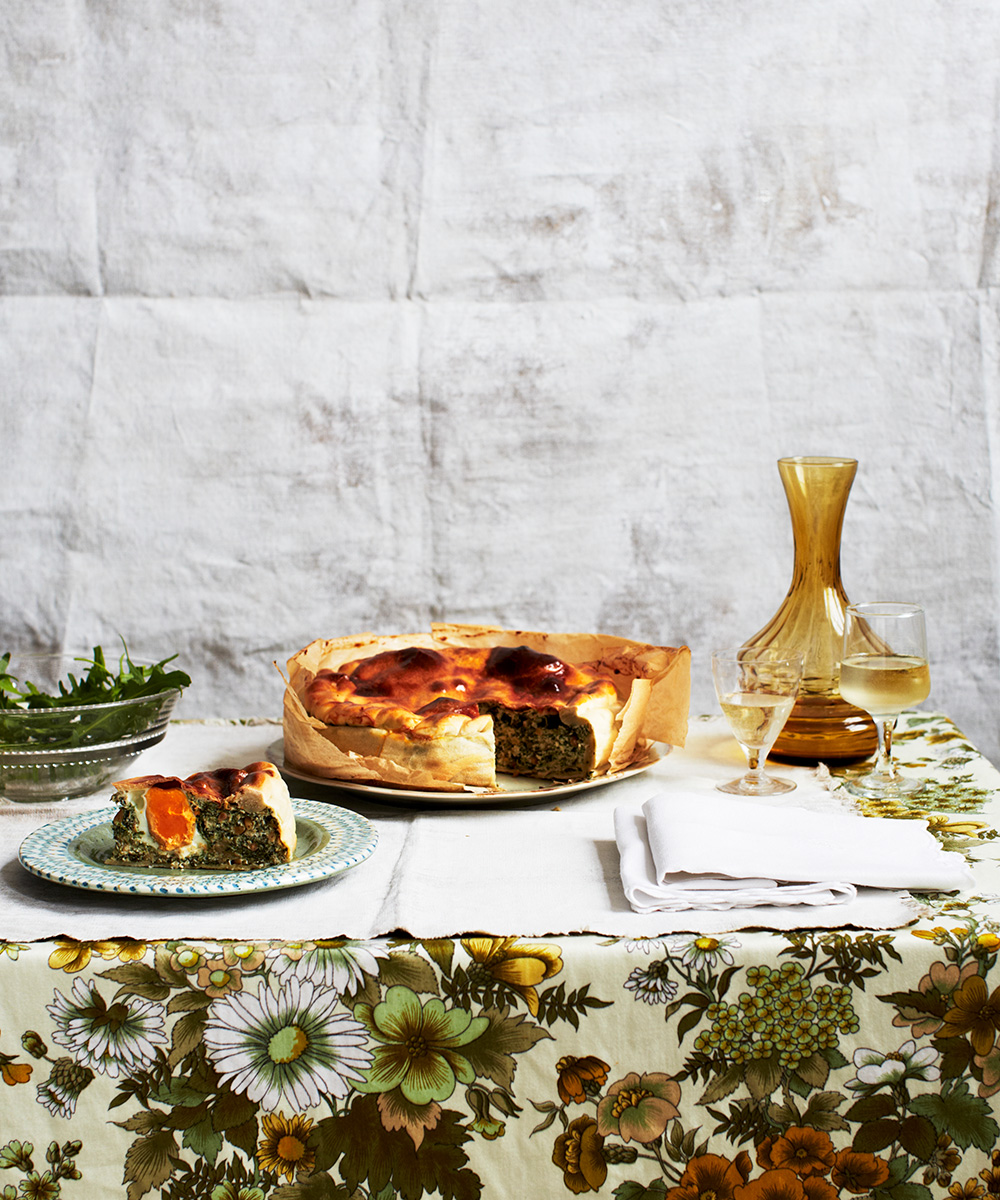
Serves 8
This celebratory Italian Easter pie is made with plenty of spinach, artichokes, ricotta and eggs. The olive oil pastry is simple to make, ideal for novices, and is easy to twist and mould as required. Remember to use a Parmesan-style cheese made with non-animal rennet if you’re serving this dish to vegetarians.
Ingredients:
- 300g plain flour, plus extra to dust
- 4 tbsp olive oil
- Salt and freshly ground black pepper
- 450g ricotta cheese
- 75g pine nuts
- 2 banana or echalion shallots, peeled and finely chopped
- 280g jar chargrilled artichokes in oil, drained and roughly chopped
- 450g spinach leaves
- 50g Parmesan or vegetarian Parmesan-style cheese, finely grated
- Large handful of flat-leaf parsley leaves, finely chopped
- 7 large eggs, 3 of them lightly beaten together, 4 in their shells
- Sea salt fltakes, for sprinkling
Method:
1. Sift the flour into a large mixing bowl. Stirring with a wooden spoon, add half the olive oil, a pinch of salt and 150ml warm water and mix to form a dough. Knead on a lightly floured surface for 5 minutes, until soft and elastic. Roughly shape one-third of the pastry into a disc and the remaining two-thirds into a larger disc. Wrap both in cling film and set aside for 15 minutes.
2. Meanwhile, drain the ricotta cheese in a sieve over the sink for 10 minutes, and toast the pine nuts in a dry pan over a medium heat, shaking often, until golden.
3. Heat the remaining olive oil in a large frying pan over a medium heat. Fry the shallots with a pinch of salt for 10 minutes, stirring, until soft and turning golden. Stir in the artichokes and cook for 3 minutes. Stir in the spinach and cover with a lid for about 1 minute, until just wilted. Remove the lid and turn up the heat to drive off any liquid, stirring occasionally. Set aside.
4. Pre-heat the oven to 220°C, gas mark 7. Either chop the spinach mixture quite finely by hand and combine with the drained, crumbled ricotta, Parmesan, parsley, the 3 beaten eggs and a good seasoning of salt and pepper in a mixing bowl, or put the same ingredients in a food processor and pulse a few times to chop and combine. Either way, stir in the toasted pine nuts to finish.
5. On a lightly floured surface, roll out the larger pastry disc to make a roughly 40cm-diameter circle and use to line the base and sides of a deep 23cm loose-bottomed cake tin. Spoon in the filling and smooth the top. Make three deep indents with the back of a spoon and carefully crack an egg into each.
6. Roll out the remaining pastry disc to a roughly 24cm-diameter circle and lay on top. Twist the pastry edges together all the way round to seal firmly. Beat the remaining egg and brush over the pastry. Sprinkle with sea salt flakes and bake for 30-35 minutes, until deeply golden.
7. Rest for at least 10 minutes before slicing and serving or leave to cool to room temperature. This torta goes particularly well with a rocket salad.
Beet-pickled eggs with curried yogurt

Makes 6
Pickling eggs in a beet vinegar stains them a magnificent purple-pink. Do this at least four days in advance of making the curried yoghurt topping. Serve a platterful of the dressed eggs at a party or use a couple of pickled egg halves to perk up a ploughman’s lunch.
Ingredients:
- 1 large beetroot, peeled and roughly diced
- 6 medium eggs, not too fresh (as they will be easier to peel after boiling)
- 250ml white wine vinegar or cider vinegar
- 2 red shallots, peeled and finely sliced
- ½ red chilli, roughly sliced
- 1 tsp coriander seeds, lightly crushed
- 1 tsp yellow or brown mustard seeds
- 2 small bay leaves
- ½ tsp sea salt flakes
- 75g granulated sugar
For the curried yoghurt:
- 1-2 tsp curry paste, to taste
- 4 heaped tbsp thick, Greek-style yogurt
- Salt and freshly ground black pepper
- Small handful of coriander leaves
- ½ red chilli, deseeded and finely sliced
- ½ red shallot, peeled and very finely sliced
Method:
1. Sterilise a 1-litre jar and lid in boiling water or in a hot dishwasher. Set aside. Cover the beetroot with 400ml water in a small saucepan. Bring to the boil, cover and simmer gently for 30 minutes. Drain the beetroot, reserving 250ml of the cooking water.
2. Meanwhile, put the eggs in a saucepan in which they fit snugly in a single layer. Cover with water and bring to the boil, then turn off the heat and leave for 12 minutes. Drain and cool under cold, running water. Peel the eggs then put them in the sterilised jar with the cooked beetroot.
3. Put the vinegar, reserved cooking water, shallots, the chilli, the crushed coriander seeds, mustard seeds, bay leaves, sea salt flakes and sugar in a medium saucepan. Bring to the boil and cook, uncovered, for about 5 minutes, until the sugar has dissolved and the shallots are translucent.
4. Remove from the heat and cool slightly. Pour the vinegar mixture over the eggs in the jar, covering them completely. Screw the lid on tightly and, once cool, refrigerate for up to a month. The pickled eggs will be ready to eat after four days, but the longer they sit in their pink juice, the more deeply stained and pickled they will become. Slice the eggs in half lengthways to serve.
5. To make the curried yogurt, fold the curry paste into the yoghurt and season with salt and freshly ground black pepper. Spoon a little on to each egg half. Arrange the eggs on a platter and scatter with the coriander leaves, sliced chilli and shallot.
Baked eggs with gruyere, curd cheese and spinach, served with herb butter soldiers

Serves 4
Bake these indulgent eggs in ovenproof dishes for an easy lunch or a substantial starter. To make the butter, use any soft herbs, singly or combined, although tarragon, which has a dominant flavour is best tempered by another herb.
Ingredients:
- 100g salted butter, softened, plus extra for greasing
- 2 tbsp chopped soft herbs, such as chives, tarragon, parsley and basil
- Salt and freshly ground black pepper
- 200g spinach leaves
- 150g mild curd cheese or ricotta, drained
- 300ml single cream
- A good grating of fresh nutmeg
- 4 very fresh large eggs
- 30g Gruyère cheese, shaved into strips using a vegetable peeler
- ½ small sourdough loaf, sliced into soldiers
Method:
1. To make the herb butter, put the butter in a mixing bowl and beat in the herbs and a good grinding of black pepper using a wooden spoon. Formed into a cylinder and wrapped in cling film, this will keep in the fridge for 2 weeks or the freezer for 3 months (chill and slice before freezing for easy portioning).
2. Pre-heat the oven to 180°C, gas mark 4. Lightly butter the insides of 4 large ovenproof cups or small bowls. Put the spinach in a colander in the sink and slowly pour over a kettleful of boiling water to wilt the leaves. Drain well, refresh under cool water and squeeze in a clean tea towel to dry thoroughly.
3. Divide the spinach leaves, curd cheese, cream, nutmeg and 1 teaspoon of herb butter per serving between the bowls and season well with salt and freshly ground black pepper. Crack an egg into each serving, carefully so as not to break the yolk, and scatter over half the Gruyère.
4. Sit the bowls in a roasting tin and bake for 15-20 minutes, depending on whether you prefer a runny or set yolk. Scatter with the remaining Gruyère. Meanwhile, grill the bread soldiers until golden and spread with the remaining herb butter. Serve the toast hot, to dip into the egg.
Prune and custard tarts
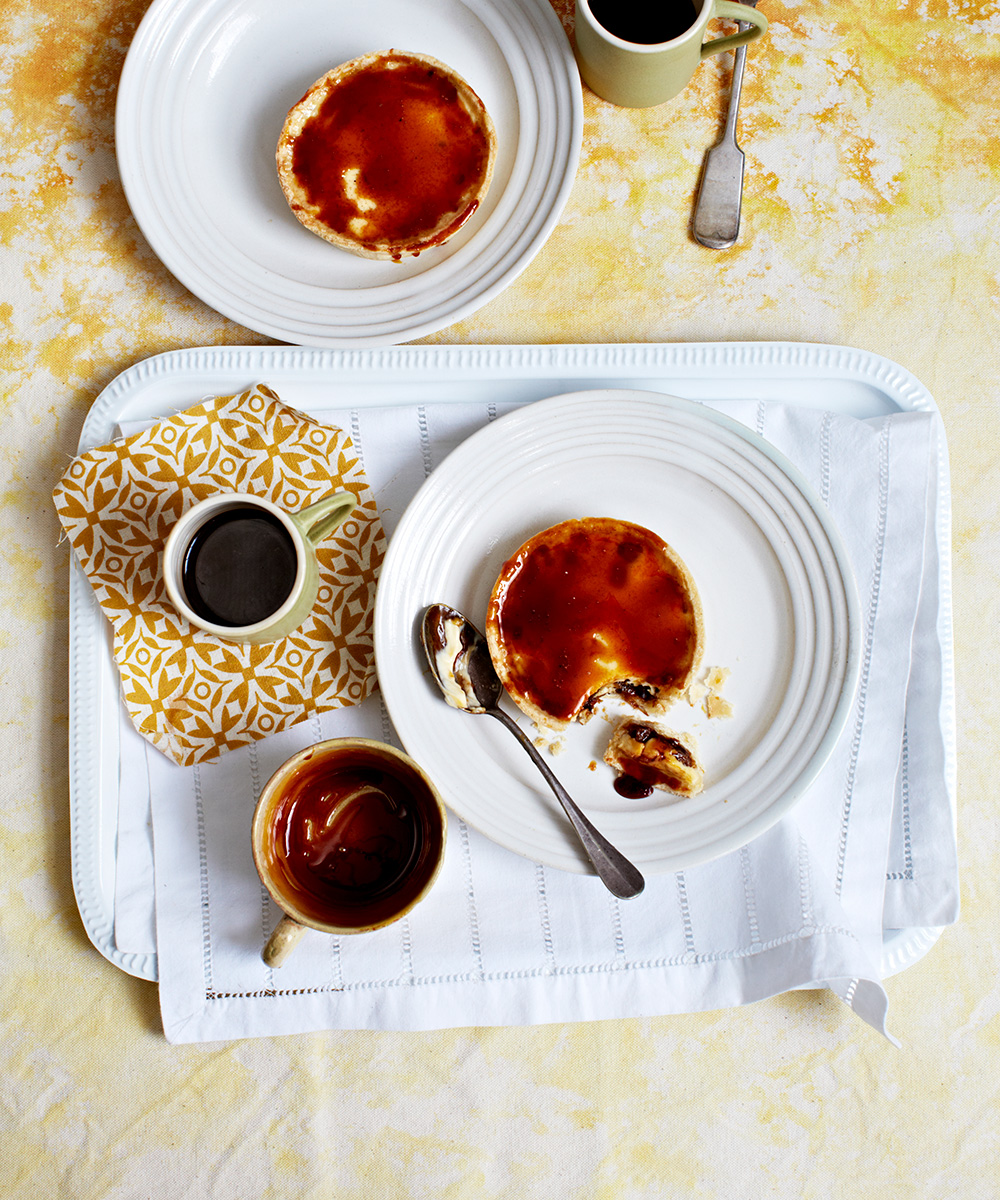
Makes 6 individual tarts or 1 x 20cm tart
If you own a cook’s blowtorch, by all means sprinkle the tops of the tarts with a thin layer of caster sugar and caramelise with the flame. For those who don’t possess this specialist tool, I’ve given instructions for making a simple caramel in a pan for finishing.
Ingredients:
- 500g ready-to-eat stoneless Agen prunes
- 100ml Armagnac or brandy, plus 30ml for the custard
- 200ml cold black tea, made with 1 tea bag
- 1 vanilla pod, split, seeds scraped out and reserved
- 500g all-butter shortcrust pastry
- Egg white, for brushing
- 1 large egg
- 8 large egg yolks
- 160g golden caster sugar
- 600ml single cream
- A good grating of fresh nutmeg
- Pinch of salt
Method:
1. Place a saucepan containing the prunes, 100ml Armagnac or brandy, tea, vanilla pod and half the seeds over a medium heat. Bring to the boil, reduce the heat and simmer very gently for 10 minutes. Remove the vanilla pod and mash the mixture with a fork, or purée in a blender if you prefer a smoother texture.
2. Pre-heat the oven to 190°C, gas mark 5. Roll out the pastry between two sheets of greaseproof paper to the thickness of a one pound coin. Use to line six 8cm tart tins or one deep 20cm tart tin with a removable base, leaving the overhanging pastry untrimmed. Prick the bases several times with a fork and chill for 30 minutes.
3. Bake the pastry cases blind (lined with baking paper and baking beans) for 10-15 minutes, until cooked but not coloured (no “wet” patches of pastry should remain), then remove the paper and beans and bake for 10 minutes more, until very pale golden. Brush the pastry all over with a little egg white to seal. Set aside to cool.
4. Spread the prune paste thinly and evenly over the bases of the tart cases. Combine the egg, egg yolks, 30ml Armagnac or brandy, 60g sugar, the cream, nutmeg and remaining vanilla seeds in a large jug. Don’t whisk too hard or air bubbles will form.
5. Reduce the oven to 150°C, gas mark 3. Pull the middle oven shelf halfway out and place the tart cases on it. Gently pour the custard into the cases and carefully push the shelf back in.
6. Bake for around 40 minutes for a large tart or 25 minutes for the smaller ones, until the centre wobbles very slightly when jiggled, but the filling is just set throughout. Transfer to a wire rack. Serve just-warm or cold.
7. Before serving, put the remaining 100g sugar in a large frying pan and set over a medium heat. Watch the pan closely, tilting it and swirling it until the sugar melts and eventually turns a deep amber.
8. Add 75ml water and a pinch of salt then bubble down, stirring with a wooden spoon for 1-2 minutes, until a smooth, liquid caramel forms. Cool for 5 minutes, then spoon the caramel over the tarts.
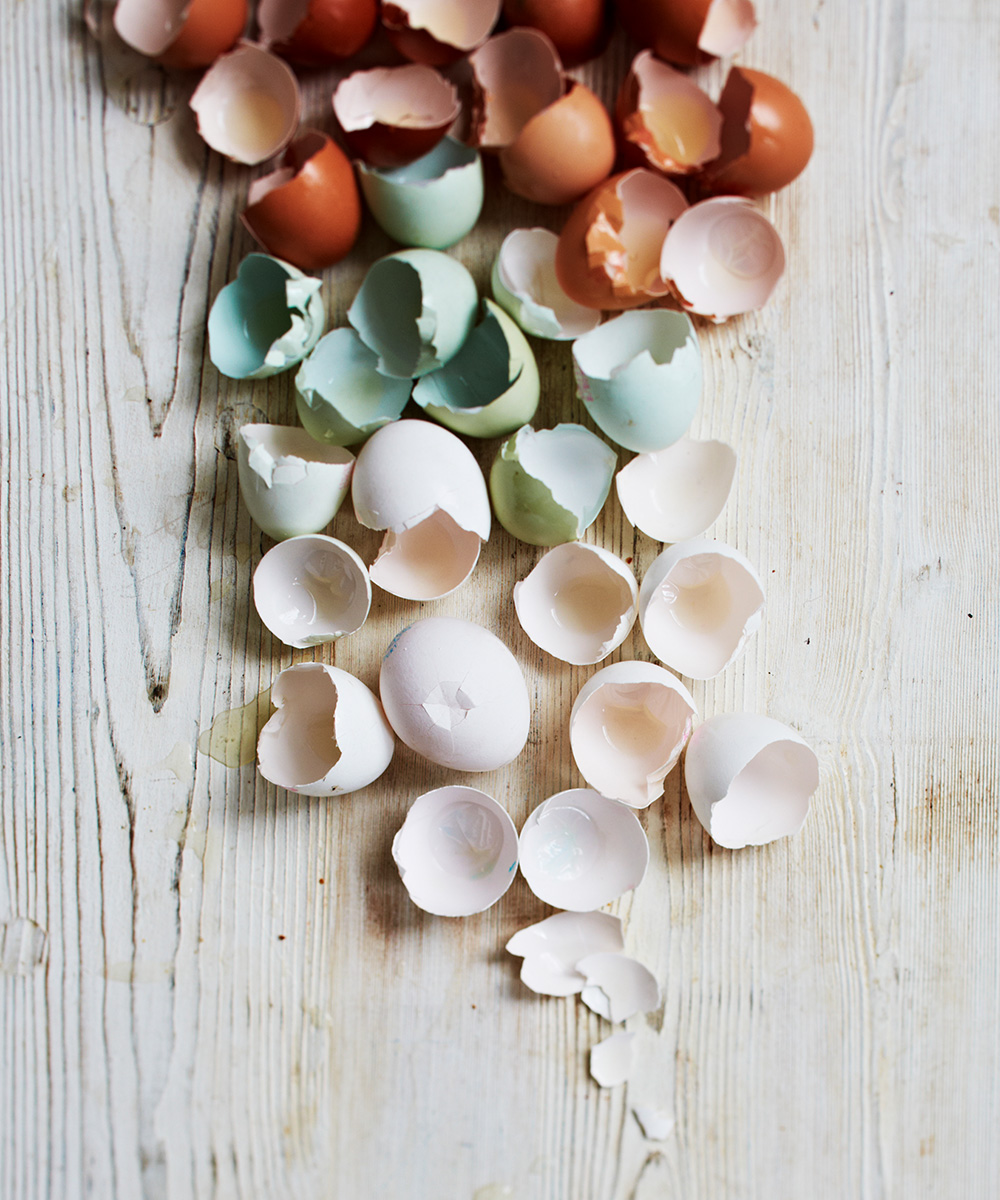
Styling/ Karen Akhtar Photography/ Kristin Perers
Alice Hart is a food writer and recipe developer, working across a wide variety of media, from magazines to books. Alice’s recipe books are based on wholesome produce and seasonal eating, and while she takes a balanced approach, using wholefoods and vegetables wherever possible, she also finds joy in an excellent cake. Alice is also invested in sports nutrition and is a Level 3 personal trainer, a seasoned endurance sports competitor and a trained chef.